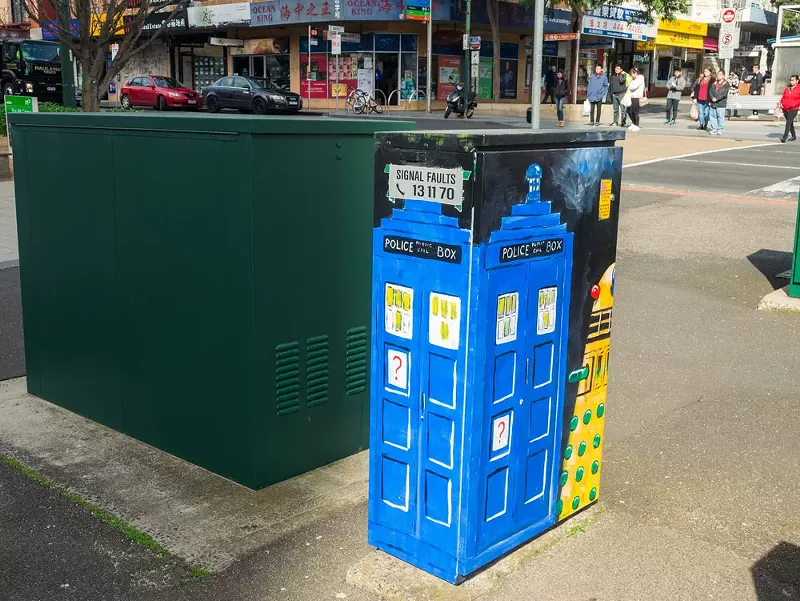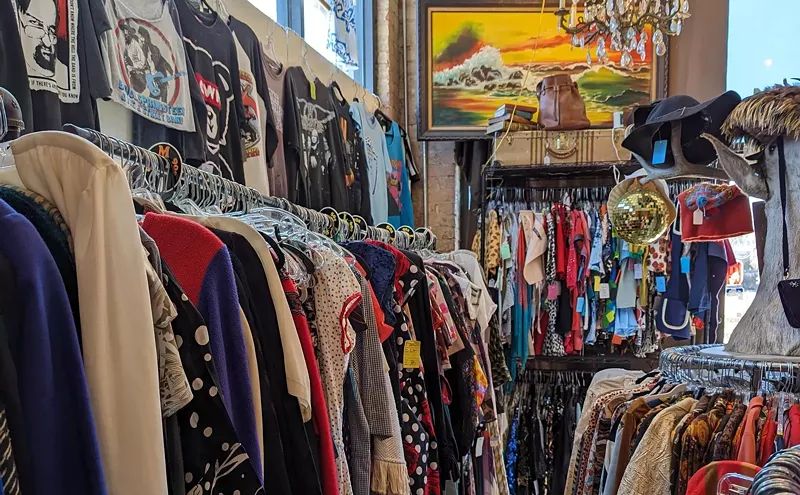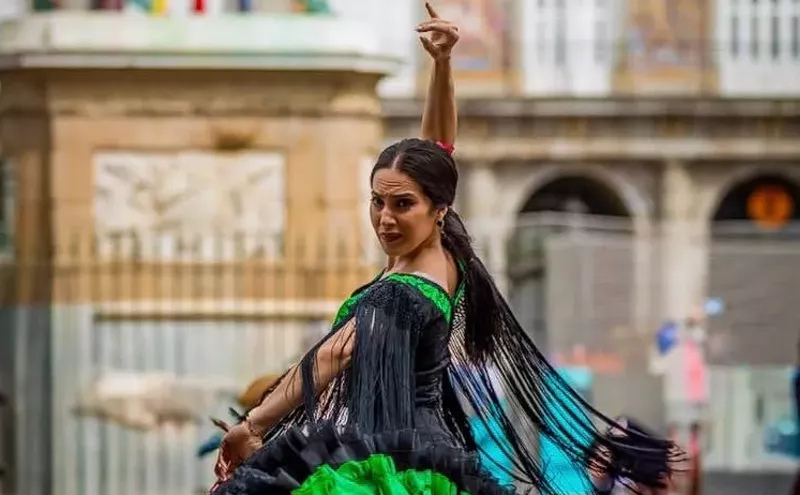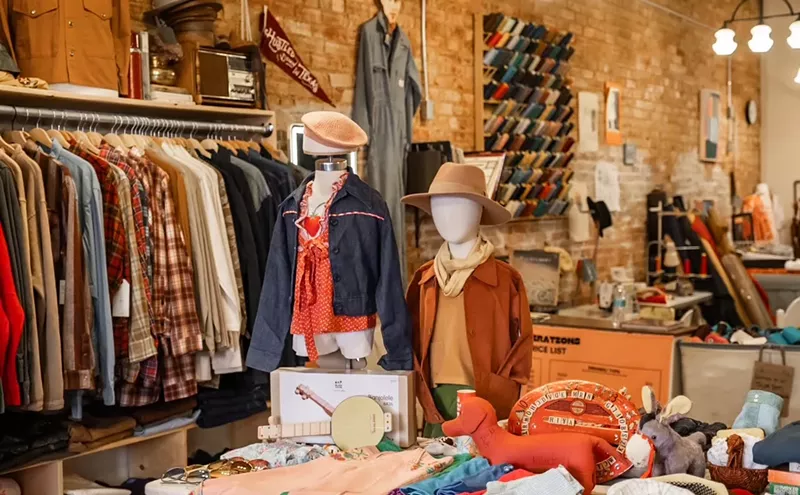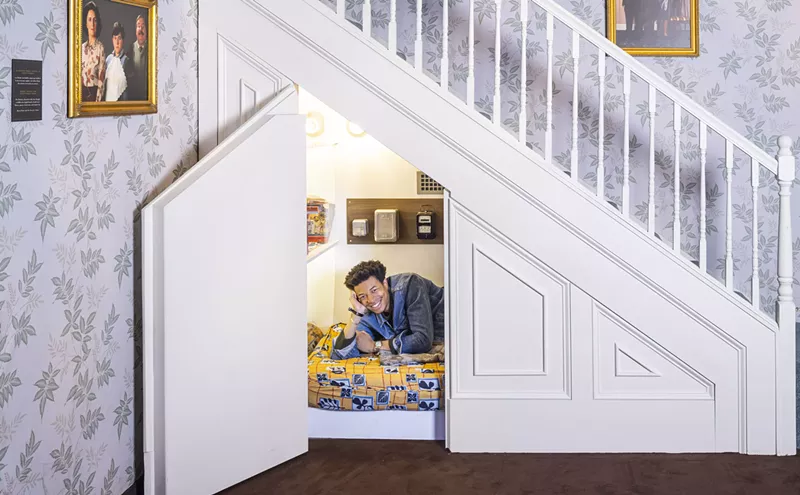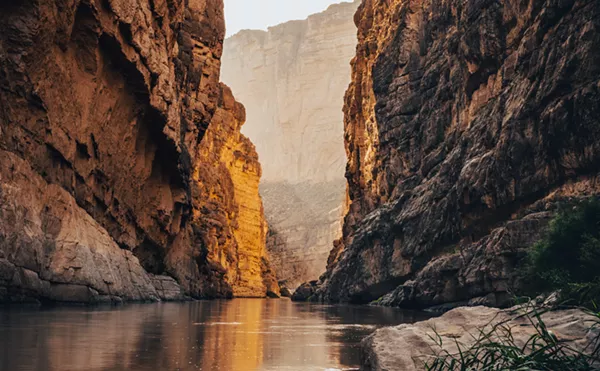Last month, Grand Prairie put out a call to artists to identify talent, and public art coordinator Tammy Chan says the response was surreal. A video explaining the public arts project had been viewed almost 190,000 times on Facebook at the time of this writing.
“There’s just so much hope about art and … ‘I can have a chance at this,’” she says.
Artists were invited to submit work that fits two themes. Ten boxes sponsored by the city's Public Art Program will celebrate the environment with images of nature, animals, fruits and vegetables, and the like. Grand Prairie's Public Works Department is sponsoring the other 10, which will represent a water conservation or water quality theme.
The deadline to enter was Friday, Sept. 25. This month, a committee of local artists, neighborhood representatives and city leaders will select the contest’s winners, whose work will be displayed on 20 metal boxes across the city. Similar projects have been undertaken in other U.S. cities and in Australia.
Chan says artists of all ages were welcome to enter Grand Prairie's contest, and the city promoted the contest via the Texas Commission on the Arts and VSA Texas, the state organization on arts and disability.
The only restriction is that artists must be from Texas to win. Artists will be paid up to $2,000 for their work and have the option to paint directly on the boxes or wrap the boxes with vinyl if their medium is photography.
Chan says much of Grand Prairie's art is tucked away in low-traffic areas. If you don't seek it out, you won't find it. She says the traffic signal boxes offer a way to “put some art out in our neighborhoods” for passersby to enjoy.
”It’s like galleries outside,” she says.
Gary Kelly has lived in Grand Prairie since 1952. Although the 81-year-old doesn’t call himself an artist, he has been serious about photography since 1959. He says he became involved in the art form while stationed in Germany with the U.S. Army.
When Kelly got out of the Army, he took a job at a portrait studio in Dallas before going back to college and working in the banking business for 32 years. Since retiring, Kelly has become even more serious about the medium.Chan says research shows that people are less likely to litter in a beautiful space, and city leaders hope the new art will enhance community pride while offering a boost to Grand Prairie's artists.
tweet this
“I sell some things,” he says. “But I do it primarily for my own pleasure.”
After learning about the traffic signal box project through a local art club, Kelly picked out a few recent photos that seemed to fit the contest’s themes of water and environment.
“I decided, what the heck, I’ll give it a shot,” he says. “It turned out to be a lot of fun.”
The artist submitted a photo he had snapped along Ireland’s west coast about three years ago at a place called Skellig Island. The scene depicted a somewhat mossy channel looking out into the Atlantic horizon.
“There’s just a beautiful array of clouds in the background,” he says. For the environment entry, Kelly chose "West Texas Windmills at Sunrise," a picture he took in Granbury earlier this year of two antique, wooden windmills.
“As the sun came up, we got a brilliant, orange sunrise,” he says. “And I framed two windmills in the foreground with Indian paintbrushes in the grass around the windmills.”
The windmills seemed to line up visually, and Kelly says the “quiet and soft light you see first thing in the morning” seemed like a good representation of the environment.
Chan says research shows that people are less likely to litter in a beautiful space, and city leaders hope the new art will enhance community pride while offering a boost to Grand Prairie's artists.
For more information, visit gptx.org.

